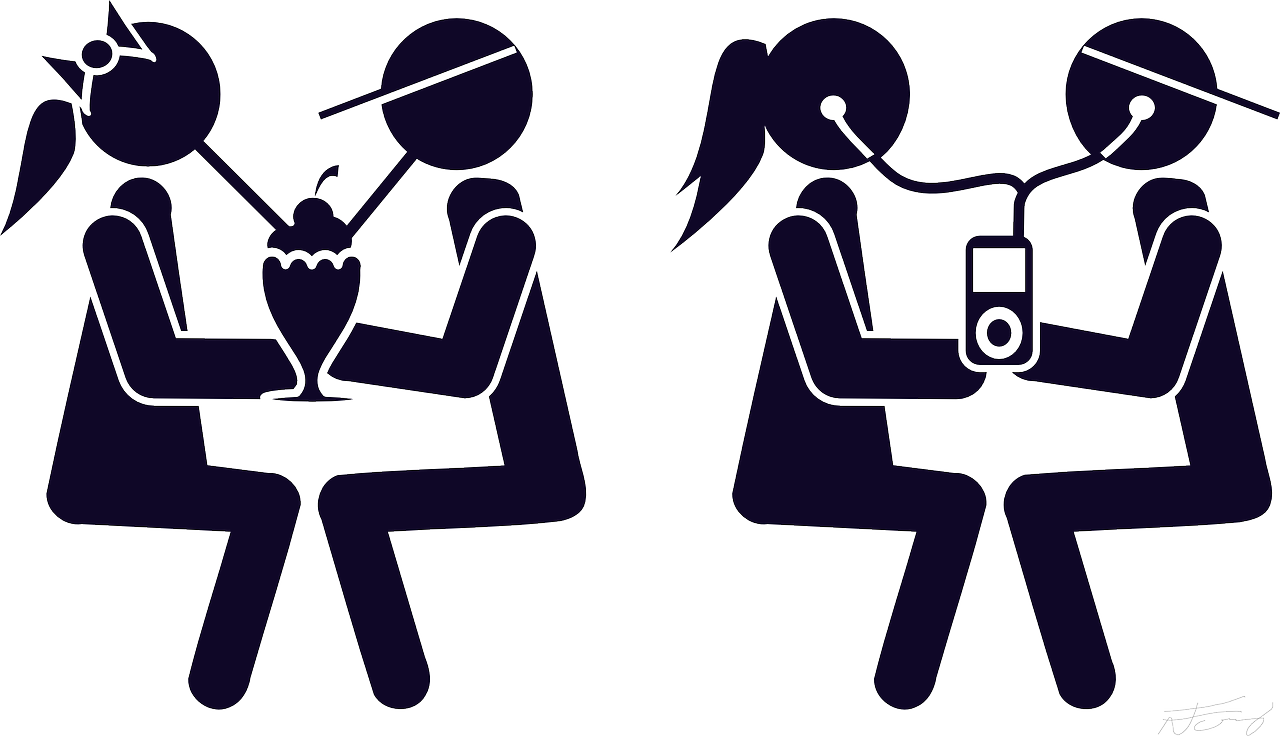Actionable Statistics for Nonprofits on Donating to Charity at Checkout
See Surprising Generational Differences about Who Likes to Give the Most
Does your nonprofit want more recurring income? Here’s one way to get it:
If your nonprofit can partner with businesses who will agree to ask their customers to donate to your charity at checkout, this can become a version of a recurring donor.
Consider some hypothetical math.

Image by OpenClipart-Vectors from Pixabay
Suppose a business asks its customers to donate $1 to your nonprofit when they check out. If 100 customers say yes once a month, you now have a $100 per month recurring donor. If the business has multiple locations, or if it’s online and has thousands of customers, what seems like a very tiny donation can add up to big money in monthly revenue.
The best thing about getting donations to your nonprofit at checkout is that, once the system is going, it’s fairly effortless to maintain, considering the revenue it can generate.
A very revealing study about consumer feelings about donating to charity at checkout (PDF) was done a few years back by Good Scout. It reveals powerful insights about donor behaviors, including differences between stated preferences and actual behavior. It also found significant generational differences between baby boomers, Gen-xers, and Millennials.
The study also clashed with some supposedly ‘expert’ opinions.
The authors state that “industry speculation points to oversaturation and consumer fatigue on giving at register. Our findings show that in actuality, consumers say the exact opposite. They like to give at the register.”
In other words, the experts presumed, without any data, that people are getting tired of being asked to give at the checkout register. In reality, the opposite is true. They like being asked, and they like to give.
Statistics on Donating at Checkout
From the study, here’s some data to help you decide if starting a donation at checkout campaign might be worth looking into.
71% Have Donated to Charity at Checkout
This is one of the most astounding findings of the study. 71% is a significant majority. This means, if a business sees 1000 customers one time per month and asks them to give $1 when they pay for their merchandise, up to 700 of them might agree to give.
What if the business sees 5000 customers? Or 20,000? Maybe you should sit down and catch your breath…
66% of Donors Gave Less than $2 at Checkout
Remember, people don’t go to a store just to give. They go to buy stuff. Your attempt to ask for money during their shopping trip is an interruption of their routine and expectations. So don’t push your luck. This is not the time to ask for $25 or $50, unless more work has gone into creating and marketing the campaign, or if it’s a store that sells to high net worth clientele.
55% LIKED Being Asked to Donate by the Cashier

Image by Clker-Free-Vector-Images from Pixabay
In an online business, this will look different as you’ll see in a bit. But in a brick and mortar business, the majority of shoppers like to be asked to give. They like it!
That means they see this as good customer service. So, you don’t need to worry about upsetting people. Those who want to give will be glad they were asked, and happy to give.
The study also found that this statistic doesn’t change much even when they get asked more than once per month. This is why grocery stores have succeeded with charitable donation campaigns. People shop for groceries multiple times per month. Getting asked every time apparently doesn’t bother most of them.
Think about that. If a shopper comes into a grocery store four times per month and gives $1 every time, that’s $4 per month. That person is a recurring donor! Is there a way to reach them outside of the store? Yes – read part 2 to learn how.
16% Don’t Like Being Asked But Gave Anyway
Ever hear that you shouldn’t care what people say, but instead, watch what they do?
Here’s more data in support of that. A sizable percentage of shoppers stated in the survey that they did not like being asked to give, but donated anyway. Why? The study asked them.
Reasons included feeling guilty, peer pressure, and that it was just really easy to do, so why not. But 21% said they gave simply because the “cashier asked.”
This goes back to Fundraising 101. If you don’t ask, you don’t receive. Some people like being asked to give. Some people say they don’t like being asked. But people give when asked – regardless of what they say!
27% Donated to the Nonprofit at Checkout Because the “Cause Is Personal”
In addition, 12% gave because hearing about it was “emotional.” In other words, simply being asked to give stirred the emotions of about 1 in 10 shoppers enough to part with a dollar or two.
Why do people like being asked? Because your mission matters to them.
47% Remember the Last Nonprofit They Gave to at Checkout

Image by OpenClipart-Vectors from Pixabay
This is your donor retention statistic. These donors – even though it’s just $1 – remember your nonprofit. That means, if you find them somewhere else outside the store, you will not be a strange, random organization asking for money. They know you, and they remember giving to you in the store.
And just in case you’re wondering, 70% of those donors felt positively about the charity they remembered giving to, with 17% indifferent. So you’re only upsetting 13% of people. Let them be mad.
Generational Differences for Donating to Nonprofits at Checkout
This is where it gets really interesting, because if your nonprofit draws most of its donors from a particular generation, the store may be a place to reach more of those donors. But, it may also be a place to reach donors you’ve had a harder time reaching using your other methods.
Like…Millennials?

Image by OpenClipart-Vectors from Pixabay
Yeah, those people so many nonprofits are obsessed with. Turns out – Millennials (Generation Y) are the most responsive generation to donating to a charity at checkout. Who knew!
Fully 74% of Millennials in the study have donated at checkout. 70% like being asked, and a whopping 83% felt good about the charity afterward. Plus – 55% remembered the charity.
If you compare these statistics to the ones listed earlier, you’ll notice that the numbers for Millennials are better in every category than the averages. That’s because baby boomers have the least desirable numbers, and Gen-X falls in the middle. This trend holds true in just about every data point in the study.
So this is a clear difference then. More baby boomers are in that “don’t bother me” mode when they’re shopping, whereas Millennials seem to appreciate being diverted from the monotony of making a purchase.
This data also gives you something to think about when you decide which businesses to try starting donation partnerships with. The data suggests looking for businesses that see a higher percentage of younger customers.
Read Part 2 – The 8-Step Guide for How to Partner with Businesses for Retail Donations
Want more content? Get weekly nonprofit fundraising and copywriting tips, strategies, and motivations in the ProActive Insights newsletter.

